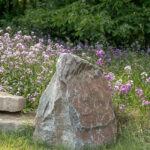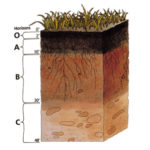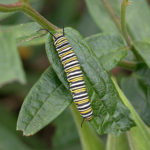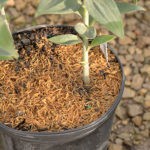A recent article by my coworker Matt reminded me of this old saying. It’s born of the experiences of many rock and perennial gardeners. Throughout the years gardeners have collected and experimented with plants, looking for ways to use plants not necessarily accustomed to their soil type or zone. Their answer, in part, was raised rock gardens. Not only aesthetically pleasing, this approach created mini-climates in small spaces much in the same way mountain ranges create dramatic changes in flora from ridge to ridge. Lush forests give way to arid deserts on opposing side of the same mountains.


Rocks and raised beds give plants good drainage. Many perennials in the North die, not from cold, but from excessively wet ground conditions. Perennials such as Dianthus, Lavandula, Gaura, Thymus, et al. thrive in their first plantings only to rot during their juvenile winters. Perennials with long tap-like roots such as Lupines, Hollyhock, Foxglove to name a few die from crown rot due to excessive surface moisture. The fence post problem – solid above and below the ground but rots off right at ground level.

Ground-covering plants like Sedums, Ajugas, Thymus run along filling the crevices, encouraged by the cool, moist conditions. The seed of many annuals and perennials find some of these same places to spend their first winter, where they experience death and rebirth in the stratifying process. A true, natural nursery.


Rocks help ease the stress of extreme temperature change. In the summer they create cool, moist conditions on their down side. In the winter they warm with the sun, giving roots some protection against the cold. Gardeners were often able to include plants that were a zone less hardy. This also works for woody ornamentals that are usually considered sub-shrubs such as Buddleia, Caryopteris, Callicarpa, Hypericum, Crape Myrtle, and more. These types of woodies experience varying degrees of dieback but recover well from roots and heavier wood. Even just tucking hand-sized rocks around the base of perennials and shrubs can give protection and anchor the late-planted.


So when it comes to planting, if you’re ever in doubt, just go get one.

Photos © Holly Christensen, except mountain scene (Storyblocks)























































